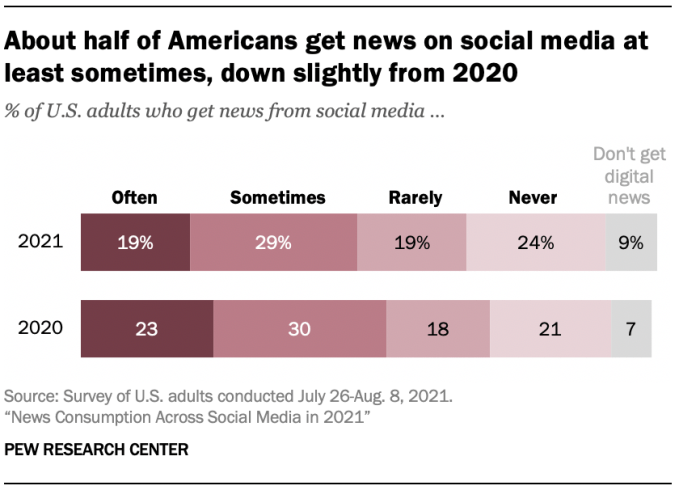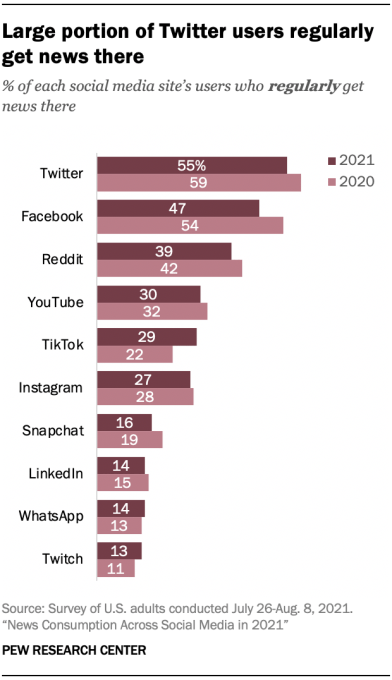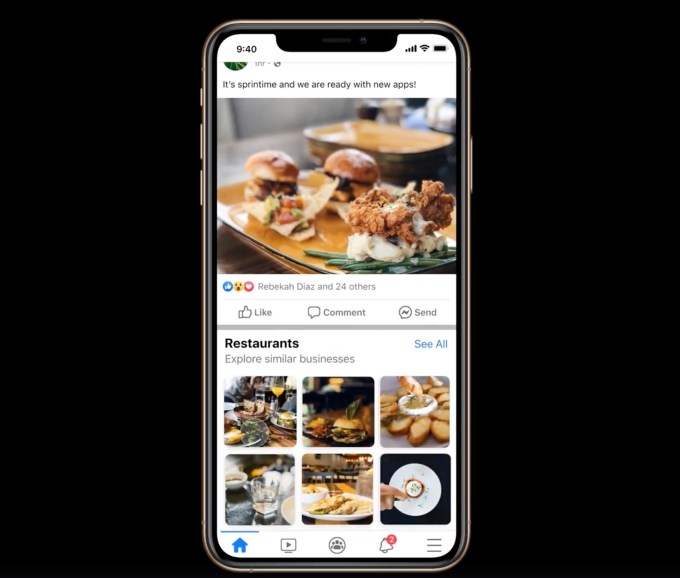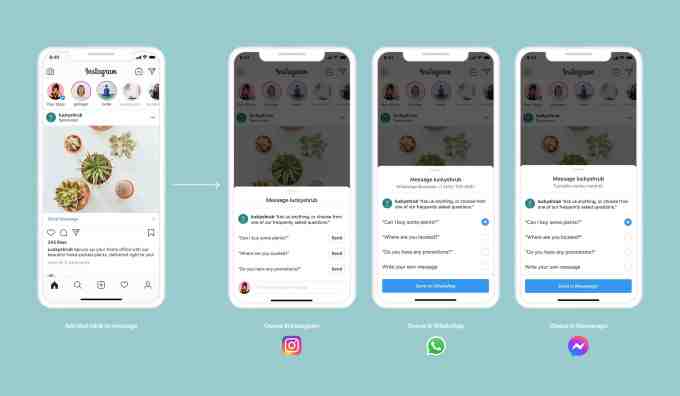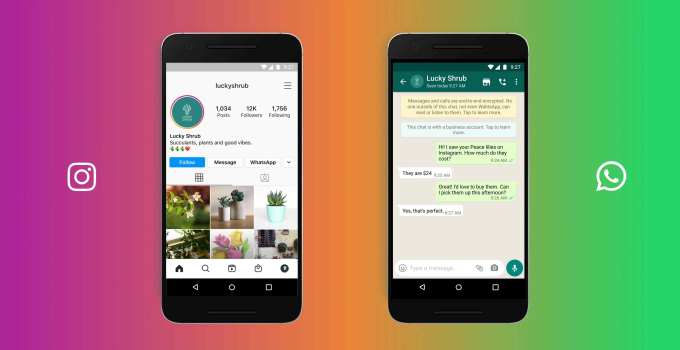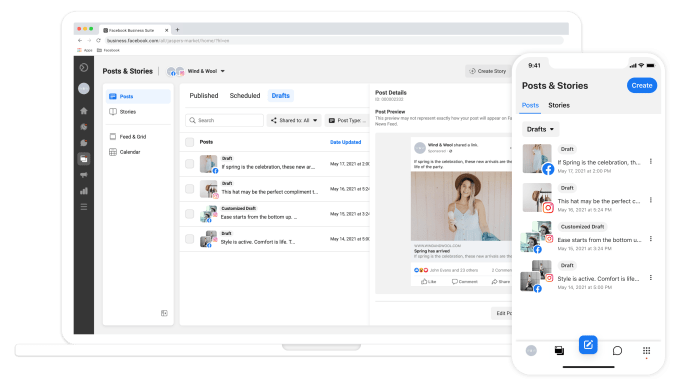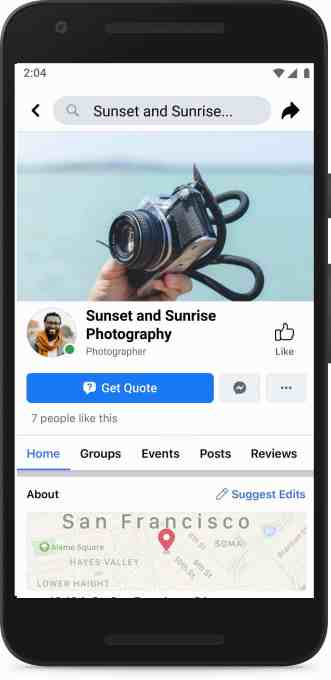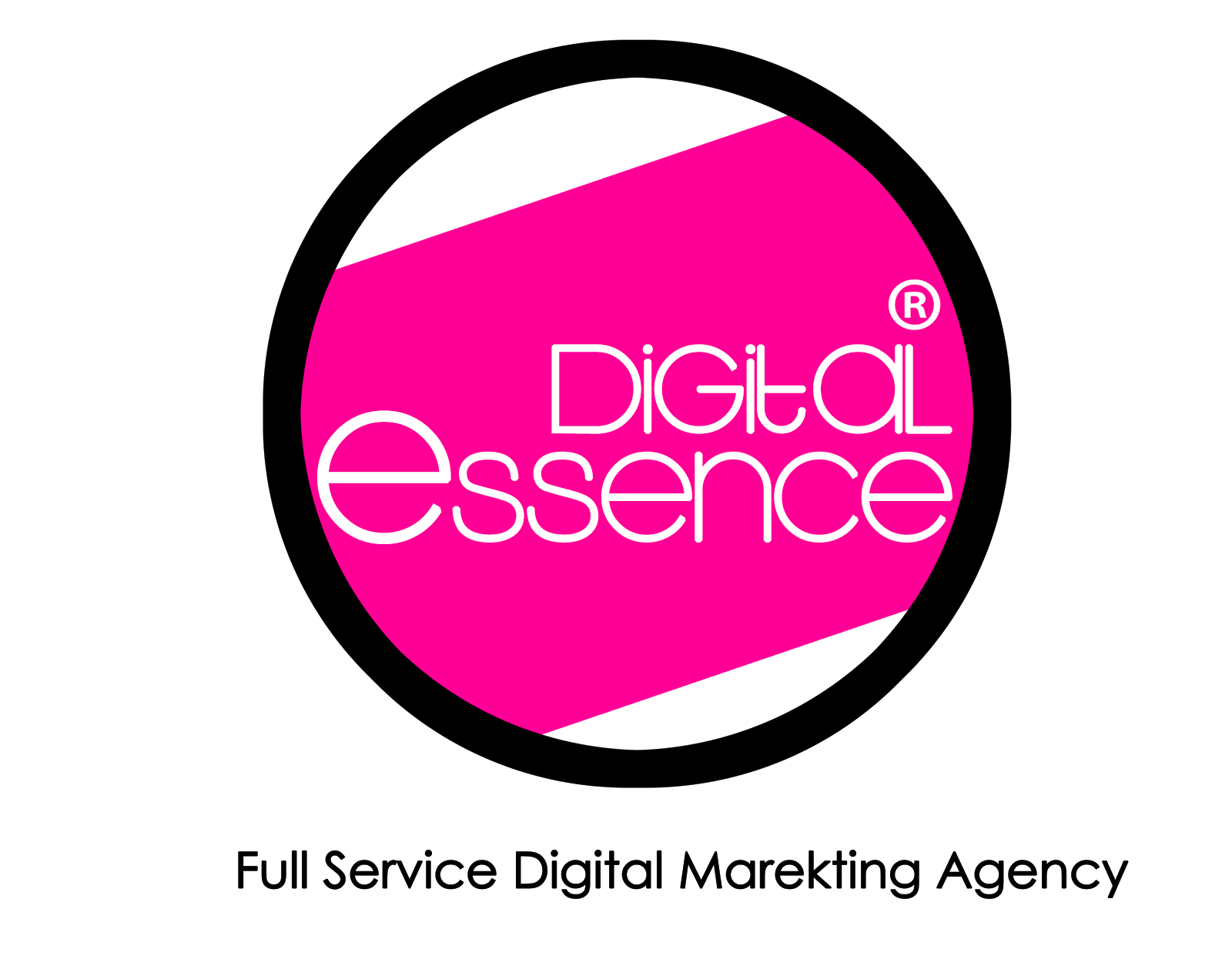Twitter’s creator platform Super Follows is off to an inauspicious start, having contributed to somewhere around $6,000 in U.S. iOS revenue in the first two weeks the feature has been live, according to app intelligence data provided by Sensor Tower. And it’s made only around $600 or so in Canada. A small portion of that revenue may be attributed to Ticketed Spaces, Twitter’s other in-app purchase offered in the U.S. — but there’s no way for this portion to be calculated by an outside firm.
Twitter first announced its plans to launch Super Follows during its Analyst Day event in February, where the company detailed many of its upcoming initiatives to generate new revenue streams.
Today, Twitter’s business is highly dependent on advertising, and Super Follows is one of the few ways it’s aiming to diversify. The company is also now offering a way for creators to charge for access to their live events with Ticketed Spaces and, outside the U.S., Twitter has begun testing a premium product for power users, called Twitter Blue.
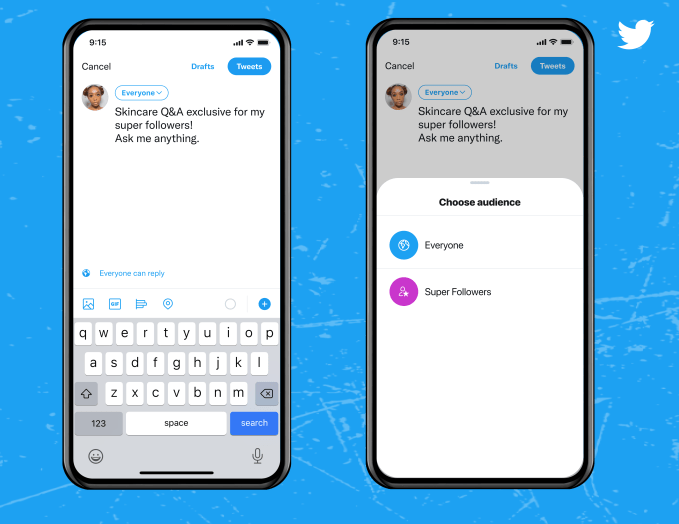
Image Credits: Twitter
But Super Follows, which targets creators, is the effort with the most potential appeal to mainstream users.
It’s also one that is working to capitalize on the growing creator economy, where content creators build a following, then generate revenue directly through subscriptions — decreasing their own dependence on ads or brand deals, as a result. The platforms they use for this business skim a little off the top to help them fund the development of the creator tools. (In Twitter’s case, it’s taking only a 3% cut.)
The feature would seem to make sense for Twitter, a platform that already allows high-profile figures and regular folks to hobnob in the same timeline and have conversations. Super Follows ups that access by letting fans get even closer to their favorite creators — whether those are musicians, artists, comedians, influencers, writers, gamers, or other experts, for example. These creators can set a monthly subscription price of $2.99, $4.99, or $9.99 to provide fans with access to bonus, “behind-the-scenes” content of their choosing. These generally come in the form of extra tweets, Q&As, other interactions with subscribers.
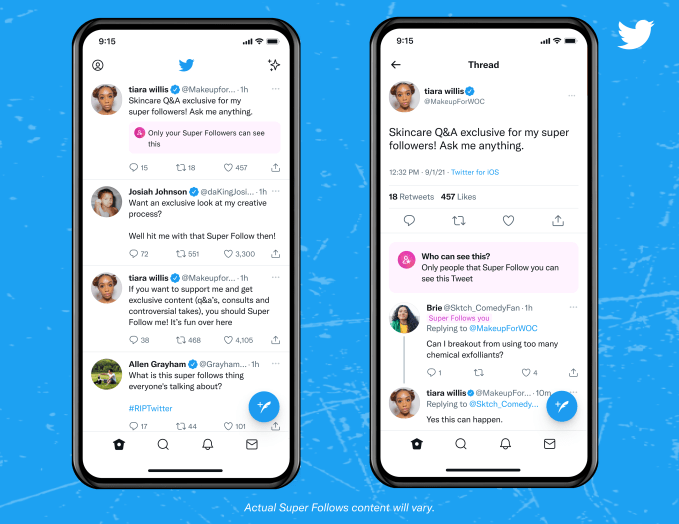
Image Credits: Twitter
At launch, Twitter opened up Super Follows to a handful of creators, including the beauty and skincare-focused account @MakeupforWOC; astrology account @TarotByBronx; sports-focused @KingJosiah54; writer @myeshachou; internet personality and podcaster @MichaelaOkla; spiritual healer @kemimarie; music charts tweeter @chartdata; Twitch streamers @FaZeMew, @VelvetIsCake, @MackWood1, @GabeJRuiz, and @Saulsrevenge; YouTubers @DoubleH_YT, @LxckTV, and @PowerGotNow; and crypto traders @itsALLrisky and @moon_shine15; among others. Twitter says there are fewer than 100 creators in total who have access to Super Follows.
While access on the creation side is limited, the ability to subscribe to creators is not. Any Twitter iOS user in the U.S. or Canada can “Super Follow” any number of the supported creator accounts. In the U.S., Twitter has 169 million average monetizable daily active users as of Q2 2021. Of course, only some subset of those will be iOS users.
Still, Twitter could easily count millions upon millions of “potential” customers for its Super Follow platform at launch. Its current revenue indicates that, possibly, only thousands of consumers have done so, given many of the top in-app purchases are for creators offering content at lower price points.
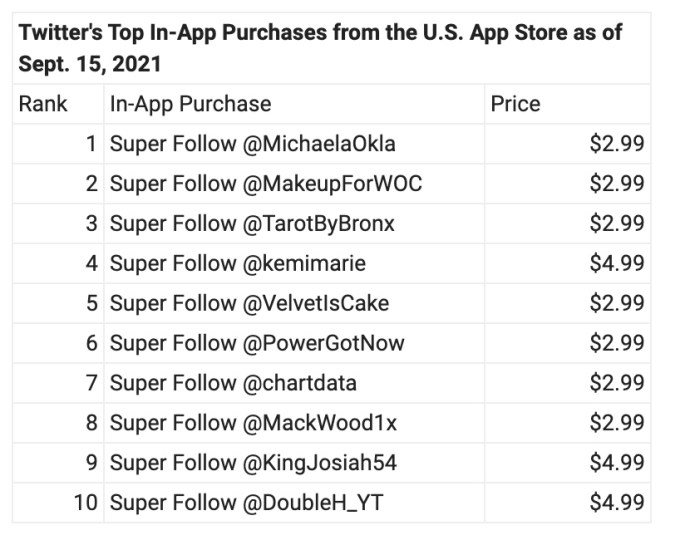
Image Credits: Sensor Tower
Sensor Tower notes the $6,000 in U.S. consumer spending on iOS was calculated during the first two weeks of September (Sept. 1-14). Before this period, U.S. iOS users spent only $100 from August 25 through 31 — a figure that would indicate user spending on Ticketed Spaces during that time. In other words, the contribution of Tickets Spaces revenue to this total of $6,000 in iOS consumer spending is likely quite small.
In Canada, the other market where Super Follow is now available to subscribers, Twitter’s iOS in-app purchase revenue from September 1 through September 14 was a negligible $600. (This would also include Twitter Blue subscription revenue, which is being tested in Canada and Australia.)
Worldwide, Twitter users on iOS spent $9,000 during that same time, which would include other Ticketed Spaces revenues and tests of its premium service, Twitter Blue. (Twitter’s Tip Jar, a way to pay creators directly, does not work through in-app purchases).
Unlike other Twitter products that developed by watching what users were already doing anyway — like using hashtags or retweeting content — many of Twitter’s newer features are attempts at redefining the use cases for its platform. In a massive rush of product pushes, Twitter has recently launched tools for not just for creators, but also for e-commerce, organizing reading materials, subscribing to newsletters, socializing in communities, chatting through audio, fact-checking content, keeping up with trends, conversing more privately and more.
Twitter’s position on the slower start to Super Follows is that it’s still too early to make any determinations. While that’s fair, it’s also worth tracking adoption to see if the new product had seen any rapid, of-the-gate traction.
“This is just the start for Super Follows,” a Twitter spokesperson said, reached for comment about Sensor Tower’s figures. “Our main goal is focused on ensuring creators are set up for success and so we’re working closely with a small group of creators in this first iteration to ensure they have the best experience using Super Follows before we roll out more widely.”
The spokesperson also noted Twitter Super Follows had been set up to help creators make more money as it scales.
“With Super Follows, people are eligible to earn up to 97% of revenue after in-app purchase fees until they make $50,000 in lifetime earnings. After $50,000 in lifetime earnings, they can earn up to 80% of revenue after in-app purchase fees,” they said.

from Social – TechCrunch https://ift.tt/3hAW47u
via
IFTTT





